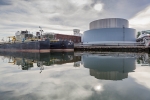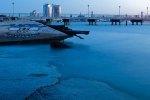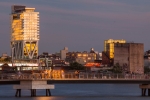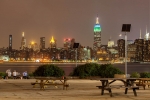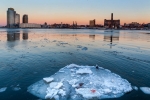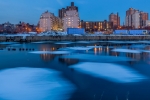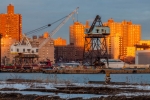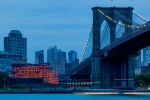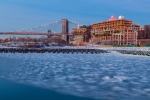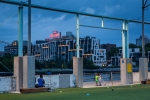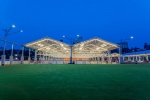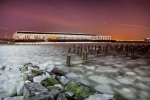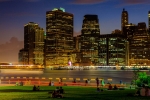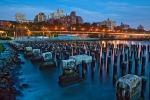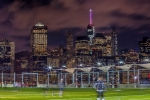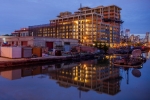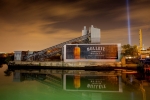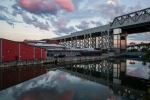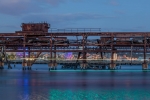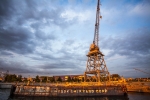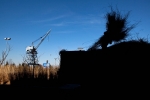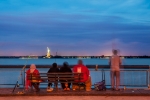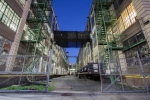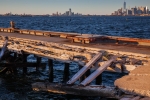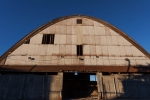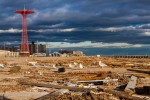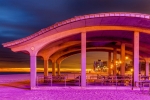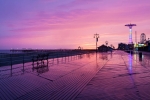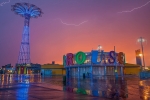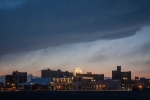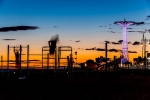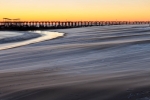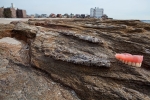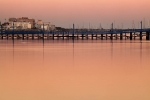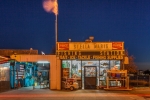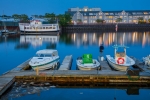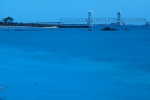The Brooklyn waterfront shares a history with urban waterfronts around the world from Hoboken, NJ to Kaohsiung, Taiwan. When technology moved shipping and manufacturing out from the core of coastal cities, the urban waterfront, often with a legacy of industrial pollution, was abandoned. In New York, there have now been several decades of planning and development to reclaim the waterfront for recreational and residential uses as well as to support the working waterfront through the designation of Significant Maritime and Industrial Areas (SMIAs).
The moment that I tuned into the Brooklyn waterfront around 2007 was a transformative one. Years of planning were coming to fruition and the waterfront was under active development. Public access began to increase dramatically. In 2007-08, the Newtown Creek Nature Walk in Greenpoint and IKEA and its esplanade on Erie Basin opened. As I spent more time walking along the shore of Brooklyn, searching out every spot with any kind of access to the water, I became aware that there was more than one story here. Brooklyn’s southern neighborhoods, from Gravesend to Canarsie, had a different narrative, generally about ethnic succession as waves of immigrants moved through. This Brooklyn waterfront is actively used to fish and to swim, for free recreation available to all. This waterfront is for many New Yorkers their primary contact with nature.
These two stories, the story of Brooklyn as the collapse of an industrial superpower then turned into a global brand and the story of the Brooklyn of immigrants and working people, creating neighborhoods and communities, are both unfolding along the waterfront. While these two narratives conflict and battles over development are being waged, waterfront neighborhoods now face another serious global challenge: sea level rise. In 2012, Superstorm Sandy hit New York City, making the vulnerability of low-lying areas of the city crystal clear. There are two basic strategies for coping with sea level rise: retreat or resilience. Since few would accept the first option, the waterfront and its communities must transform order to survive. This story is in progress and the ending is uncertain.
